Some lures are there to be subtle. This one is not. This plastic float crank bait is a 10 cm, 14 g biomimetic plug built for grinding, bumping and generally upsetting anything that lives around hard cover. It sits in the Crankbaits / Hardbaits category on Bass Fishing Tips US, made from plastic with a floating body, and comes in multiple natural-looking colour options so you can pick the one that best matches your local baitfish.
At 10 cm it is not shy. This is firmly “proper meal” territory rather than micro snack. That size, combined with the 14 g weight, means you can bomb it a long way on standard casting gear, get it down to working depth, and then let the body do what crankbaits do best – wobble, flash and collide with stuff until something snaps and eats it.
Why This Lure Works
Crankbaits are basically little baitfish-shaped troublemakers with attitude, and this one has all the right ingredients. The 10 cm profile imitates a decent-sized forage fish, the 14 g weight gives you casting distance and control, and the floating plastic body lets you use that classic crankbait trick: crank down, hit something, pause and let it float up. Bass pros go on about that in pretty much every crankbait seminar – the rise after the collision is often when the bite happens. Wired2Fish’s full guide on how to fish a crankbait leans hard into that idea: contact, pause, reaction.
The “biomimetic” part in the name simply means the paint and body shape are meant to look like the real thing. Outdoor Life’s breakdown of the best crankbaits you can get at Bass Pro Shops points out that a lot of their top picks share the same qualities – believable baitfish or craw profiles, a good wobble and colours that make sense for real forage. This crank slots nicely into that school of thought: it is a generic baitfish shape in multiple colours, not some novelty gimmick.
And then there is the floating body. A plastic float crank bait lets you work shallower cover and still rip the lure down to depth on the retrieve. When you hit rock, wood or grass, you just ease off and let it rise. Bassmaster’s classic piece on the art of deflection hammers home that this is the whole magic of a crank – the way it crashes into something and then deflects or rises away is what triggers a lot of otherwise lazy fish.
How To Fish It
You do not need to overcomplicate this. Think “cast, crank, crash, pause”.
1. Cover water with a simple crank-and-wind
Start basic:
- Cast your plastic float crank bait past the good stuff – points, laydowns, weed edges, bridge pilings.
- Drop the rod tip and start a steady retrieve to get it down and wobbling.
- Keep it moving so you feel that thump-thump in the rod.
A lot of bites come just from doing this in the right place. If you want a bit more detail, that Wired2Fish guide on crankbaits explains how a simple “cast and wind” with the right angle and depth can be deadly, especially if you are casting parallel to banks and along grasslines rather than straight at them.
2. Crash it into stuff on purpose
The real party trick with a floating crank is what happens when you hit something. Instead of panicking when you feel rock or timber, try this:
- When you feel it knock into cover, pause or slow down.
- Let the lure float up just a little.
- Then start cranking again so it dives back down past the same spot.
Bassmaster’s “art of deflection” article talks about this as the whole game with shallow cranks – bouncing them off rock, stumps and other junk to get reaction strikes from fish that were just sulking there. You are not trying to tip-toe around cover; you are trying to hit it, then float and flare.
3. Mix in pauses and speed changes
If they are following but not committing, play around with cadence:
- Crank fast for a couple of seconds to make it look like a baitfish bolting.
- Pause and let it rise.
- Go back to a slower crawl with occasional little bursts.
Beginner-friendly crankbait videos like the BassResource crankbaits for beginners guide show exactly this sort of mix – sometimes the change in speed is what makes a fish finally lose its temper.
When To Use It
You can throw a crankbait all year if you pick the right depth and retrieve, but there are definitely times when a 10 cm, 14 g floater like this really shines.
- Spring: when bass are moving shallow and relating to new grass, rock and wood, a floating crank is perfect for ticking that cover. Bassmaster’s crankbait tips for the four seasons specifically call out squarebills and shallow cranks as spring assassins around cover in just a few feet of water.
- Summer: early and late in the day, crank it along riprap, points and dock lines when baitfish are getting pushed shallow. Outdoor Life’s big bass lure guide notes how cranks are ideal for covering water quickly in summer when you are hunting active fish.
- Autumn: as fish chase shad and other baitfish along banks and coves, a larger-profile crank like this is a great match-the-hatch option.
- Winter (milder days): a floating body means you can work it a bit slower and still stay in the strike zone; Field & Stream’s piece on squarebill crankbaits for winter bass shows that even in cold water, a carefully crawled crank can still get chewed.
Because this is a floater, it is especially happy in that shallow-to-mid zone – banks, flats, creek arms and the tops of submerged structure, where you can make it dive and then drift up out of trouble instead of constantly digging a trench.
Does It Actually Catch Fish?
Crankbaits have been filling livewells for decades. FishingBooker’s 2025 overview of crankbaits and how to fish them basically calls them one of the most versatile hardbaits going, capable of catching everything from bass and walleye to trout and salmon.
This particular plastic float crank bait is built with that same “do a bit of everything” mindset:
- It is big enough to tempt better fish instead of just rats.
- The floating body lets you work it round cover without donating it at the first branch.
- The 14 g weight gives you the casting reach you need from bank or boat.
The real test, as always, is whether you put it in the right place. Bassmaster’s early-season crankbait strategies, Wired2Fish’s deep-dive on crank selection, even YouTube walkthroughs like “How to Fish a Crankbait Better Than 99% of Fisherman” all hammer the same point: location, angle and contact matter more than fancy logos. This bait has the basics sorted – the rest is up to where you chuck it.
Gear Pairing
You do not need a specialist broomstick to fish this crank, but it does appreciate a sensible, all-round setup.
- Rod: around 7 ft medium or medium-heavy rod with a moderate or mod-fast action so the blank loads up rather than just jabbing. It makes those surges on treble hooks much safer.
- Reel: a mid-speed baitcaster or spinning reel works fine – something you are comfortable cranking all day.
- Line: mono or copolymer in the 10–15 lb range is a nice match for floating cranks; that bit of stretch keeps fish pinned and helps the lure work properly.
If you want to turn this plastic float crank bait into part of a little system rather than a one-off, there are some very natural companions right on Bass Fishing Tips US. You could run this as your chunky floater for banging around shallow cover, a deeper option like the Bearking Deep Diving Jerkbait when fish slide off the edge, and something like the VTAVTA Jointed Swimbait when they want a more subtle, jointed swimmer look instead.
Suppose you are still figuring out where crankbaits fit in your overall approach. In that case, it is worth watching a basic crankbait video like the YouTube beginners’ guide on crankbait fishing do’s and don’ts – it is essentially a crash course you can watch while you respool.
Specs
- Product name: 1Pcs Crank Fishing Bait With Multiple Colours Biomimetic False Bait 10CM-14G Plastic Float Crank Bait Fishing Tackle Accessories
- Type (category): Crankbait / Hardbait
- Body material: Plastic
- Length: 10 cm
- Weight: 14 g
- Buoyancy: Float
- Colours: Multiple colour options available on the product page
- Quantity: 1 pc per order
Q – Plastic float crank bait questions answered
Is this plastic float crankbait only for bass?
No, it is listed under crankbaits and hardbaits and will happily catch anything that eats baitfish in that size range – largemouth and smallmouth bass, pike, walleye, zander, even aggressive trout and saltwater species if you give it a go. If it likes smashing a 10 cm fish, it is a candidate.
How deep does this crankbait run?
The product page does not list a specific running depth, so treat it like a general-purpose floater. You control depth with cast length, line choice and retrieve speed: crank faster and use thinner line to get it deeper, or slow down and use slightly thicker line to keep it running higher. When in doubt, start shallow and work down until you bump something.
Can I fish it from the bank or do I need a boat?
The 14 g weight makes it very bank-friendly – you can launch it a long way. Guides like Wired2Fish’s crankbait basics mention that shore anglers often do well by casting parallel to the bank and along features like riprap and wing walls, rather than straight out, so the lure stays in the strike zone longer.
Will it work in slightly stained or dirty water?
Yes. The whole point of a wobbling, flashing crankbait is to give fish a profile and vibration they can find even when visibility is not perfect. In dirtier water, lean towards brighter or higher-contrast colours from the range; in clearer water, pick the more natural patterns so it just looks like another baitfish in the pack.
Is this a good first “bigger” crankbait?
Definitely. If you have been living on little 5–7 cm plugs, this 10 cm floater is a nice step up into “proper meal” territory without needing special swimbait gear. It gives you a bigger profile, classic crankbait behaviour and a simple, forgiving way to get into throwing something that can tempt better fish.
Final Verdict
If you want a no-nonsense, chuck-and-wind plug that actually looks like a decent meal, this plastic float crank bait is a solid shout. It has the right size, the right weight and the right behaviour for covering shallow-to-mid-depth water around cover, and the multiple colour options mean you can pick something that actually looks like what your fish are eating.
It is not a boutique, ultra-fussy collector’s lure – it is a workhorse. Tie it on when you want to cover water, bang into stuff and give the fish a reason to lose their temper. Put it in the right places, around the right kind of cover, and it will absolutely get chewed.
Send this floaty crank down a rocky bank, feel it smack something solid, pause… and get ready for your rod to load up like you have just hooked the bottom – only the bottom is very much alive.

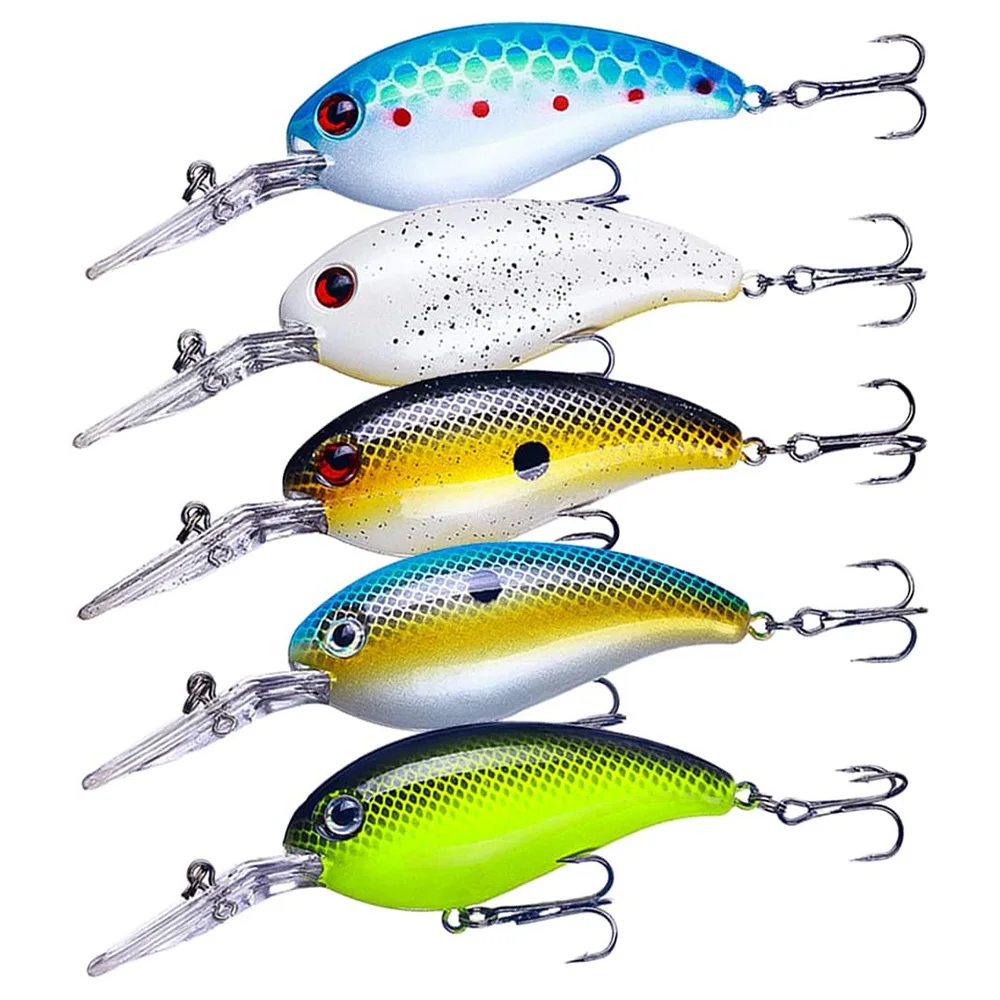
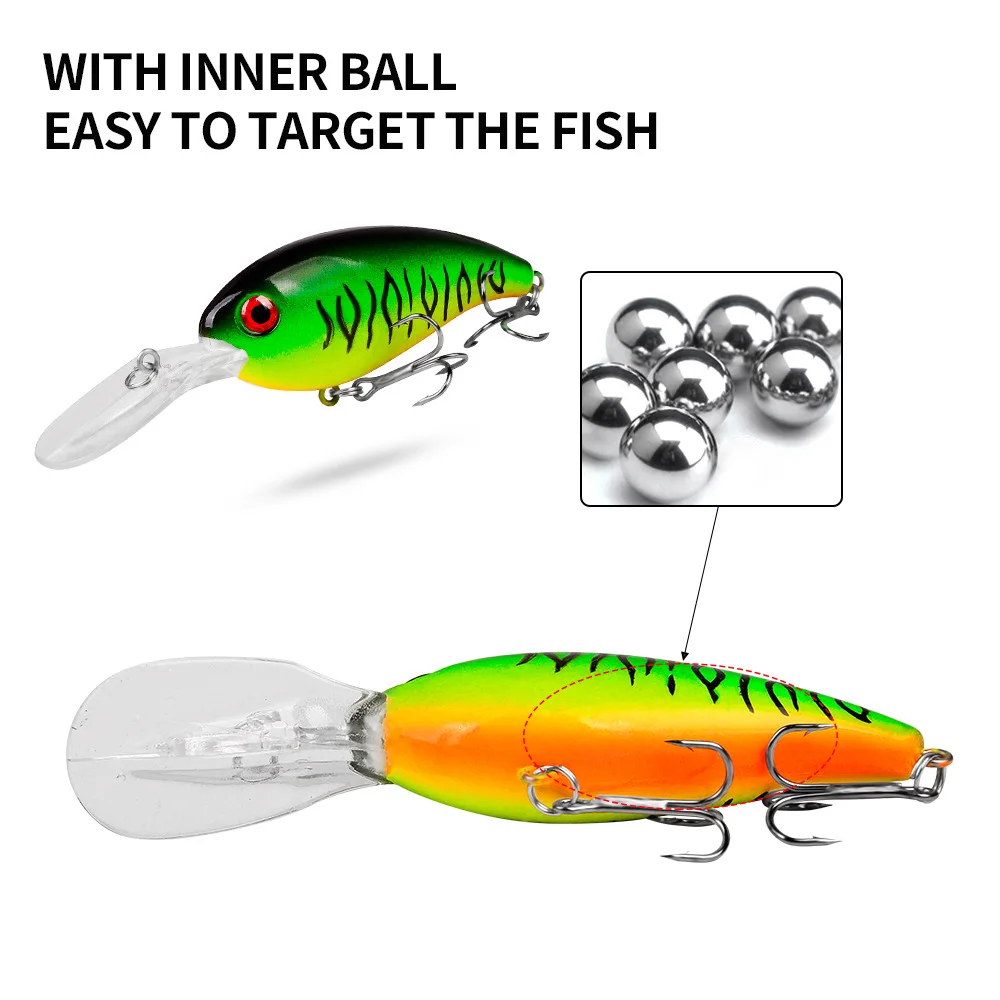
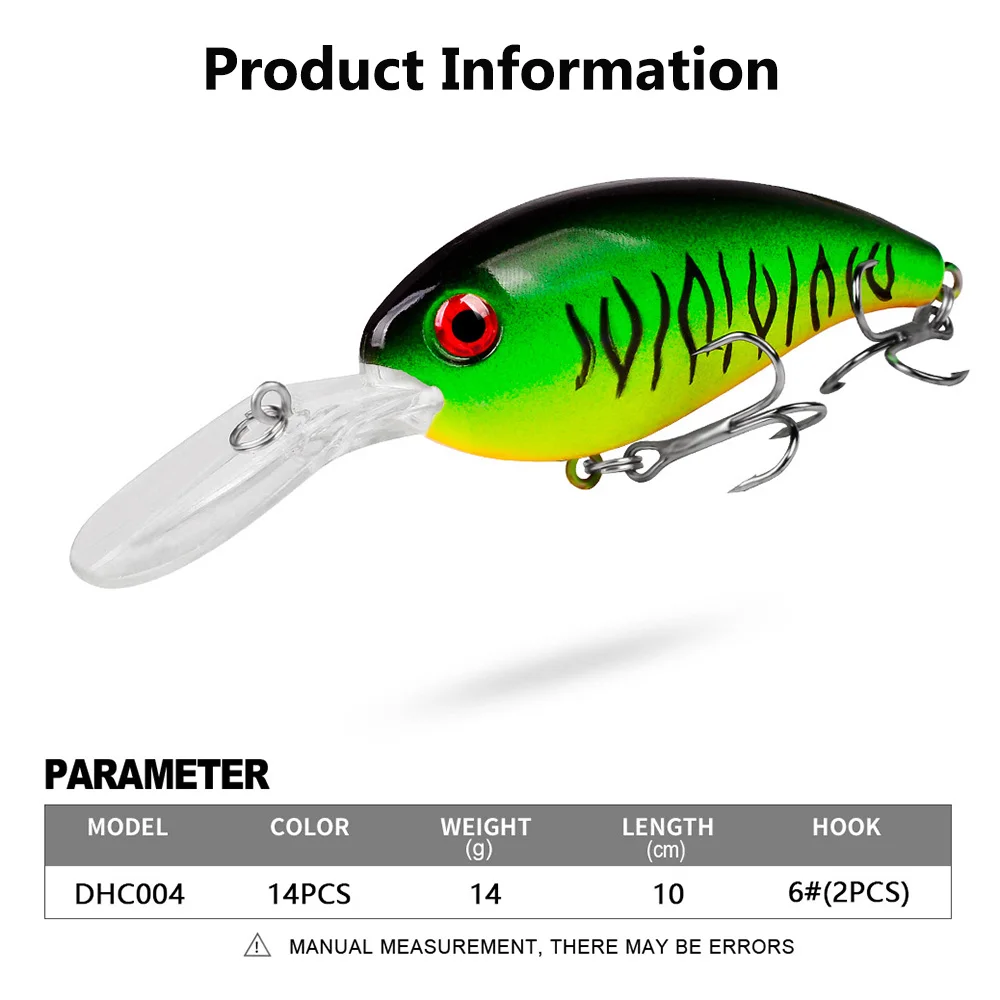
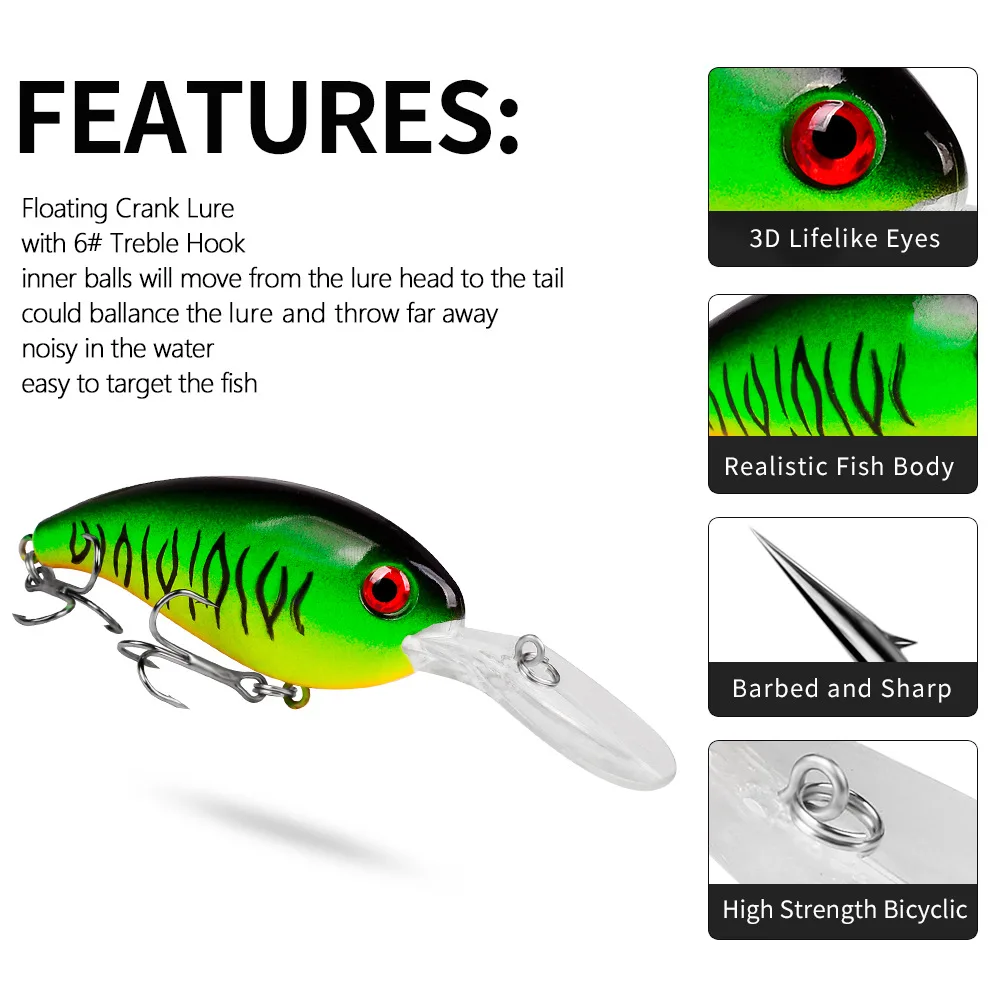
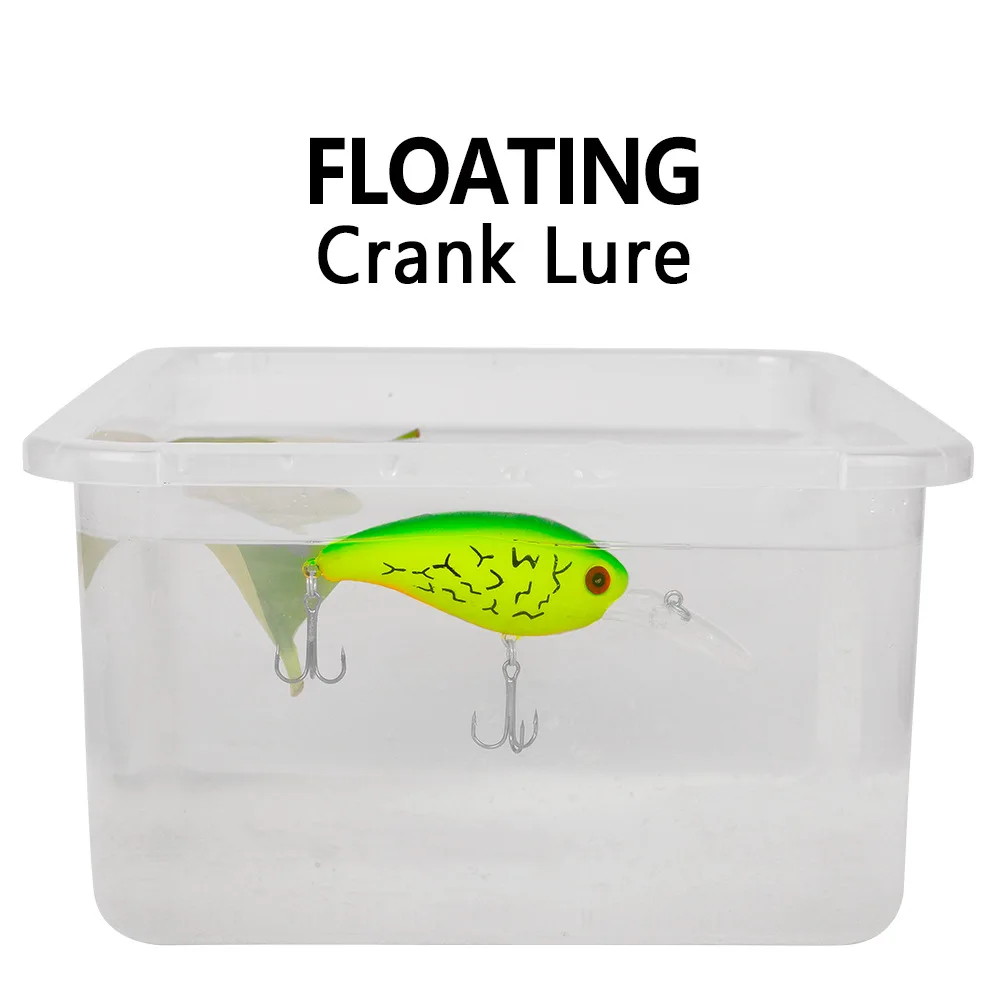

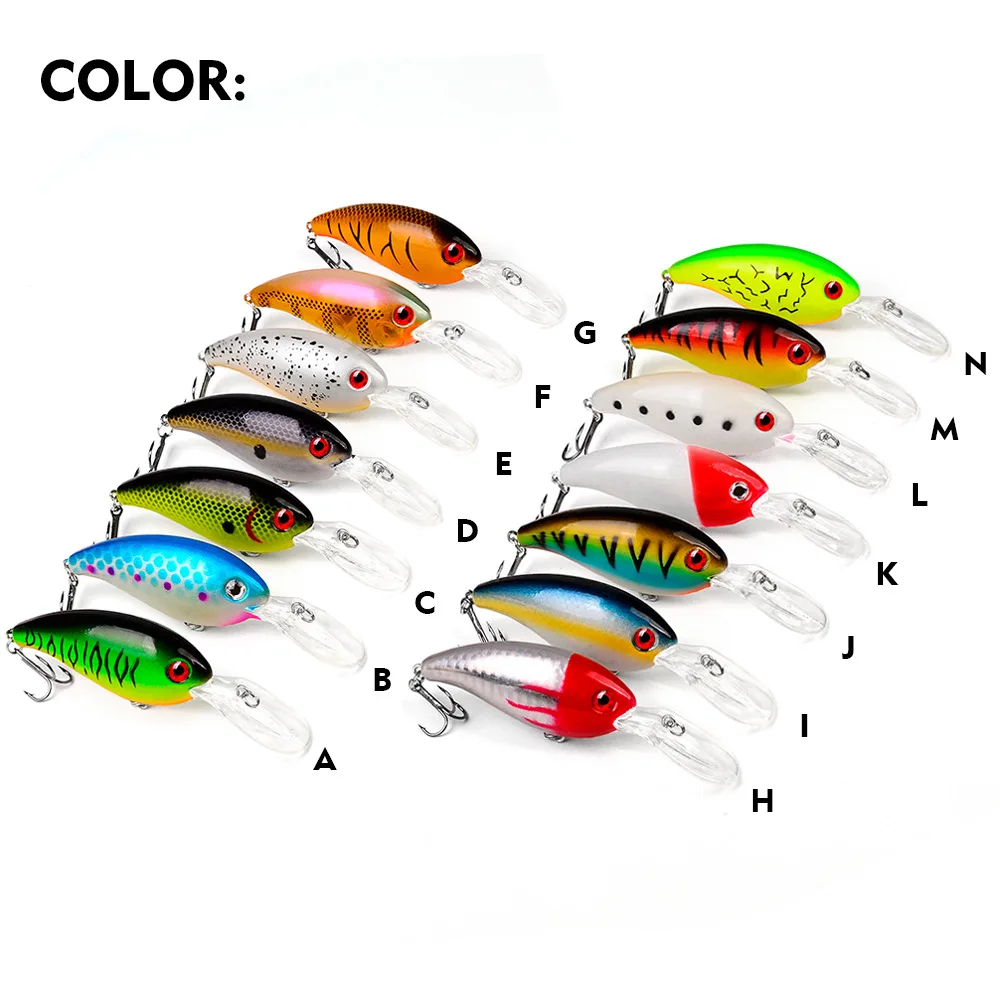

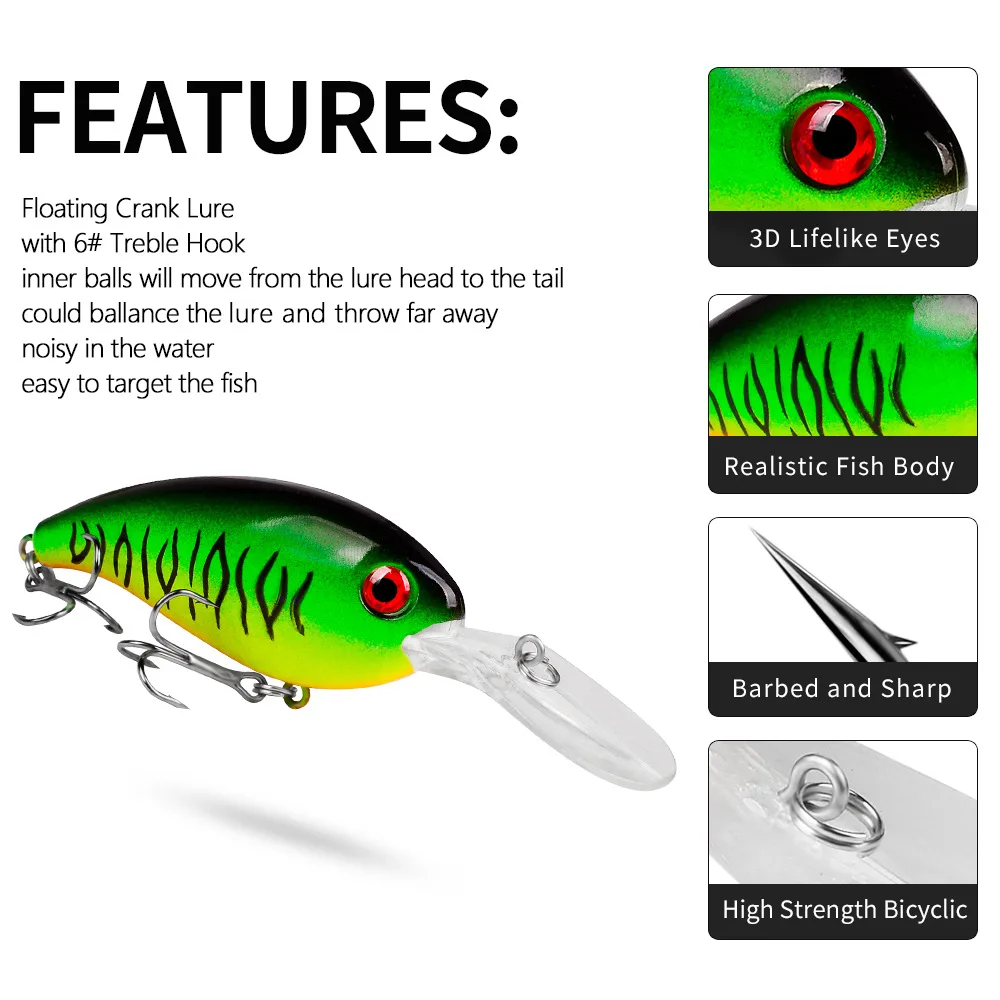

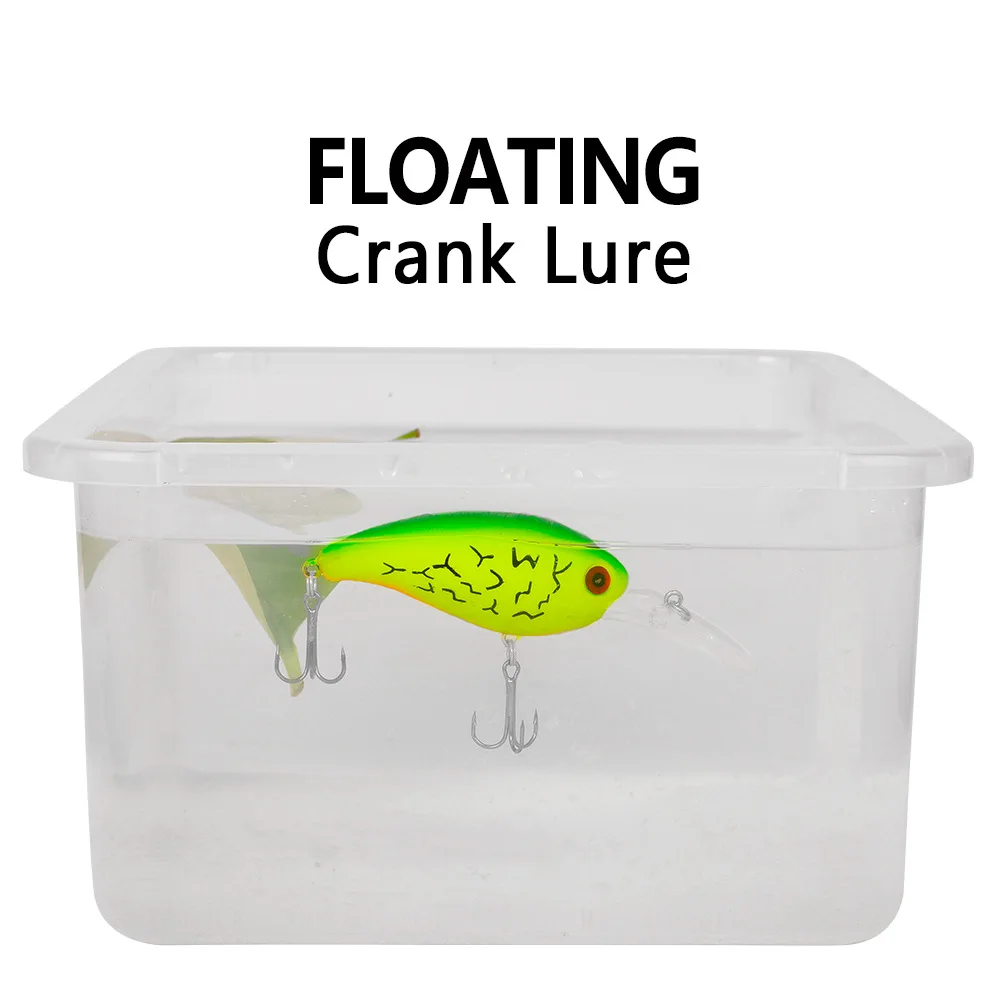
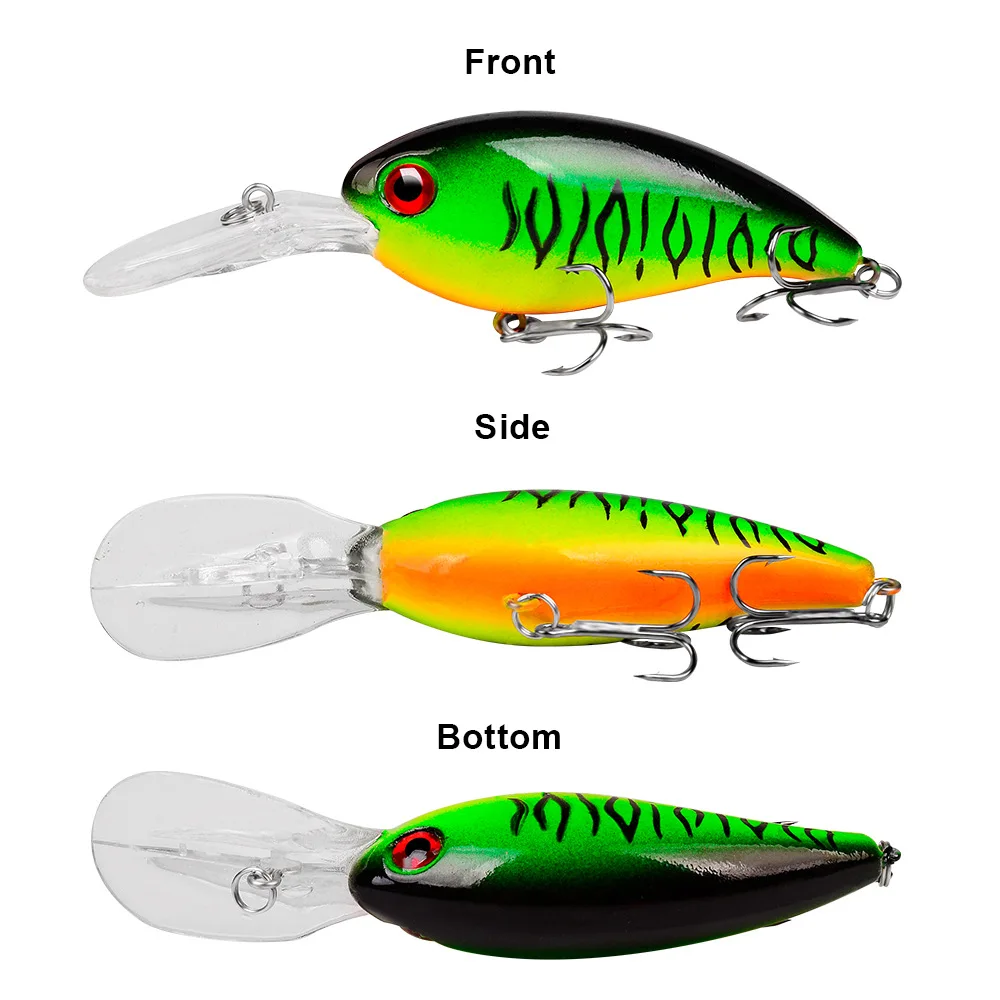
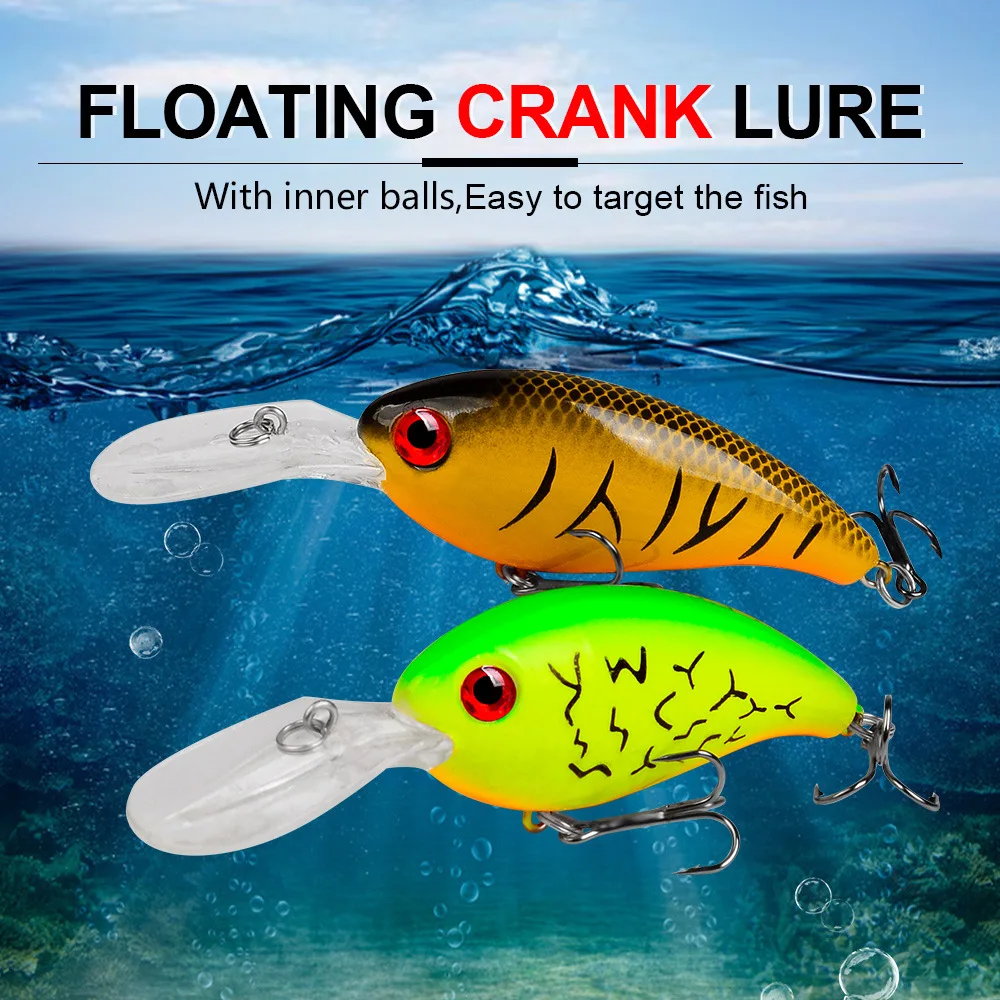

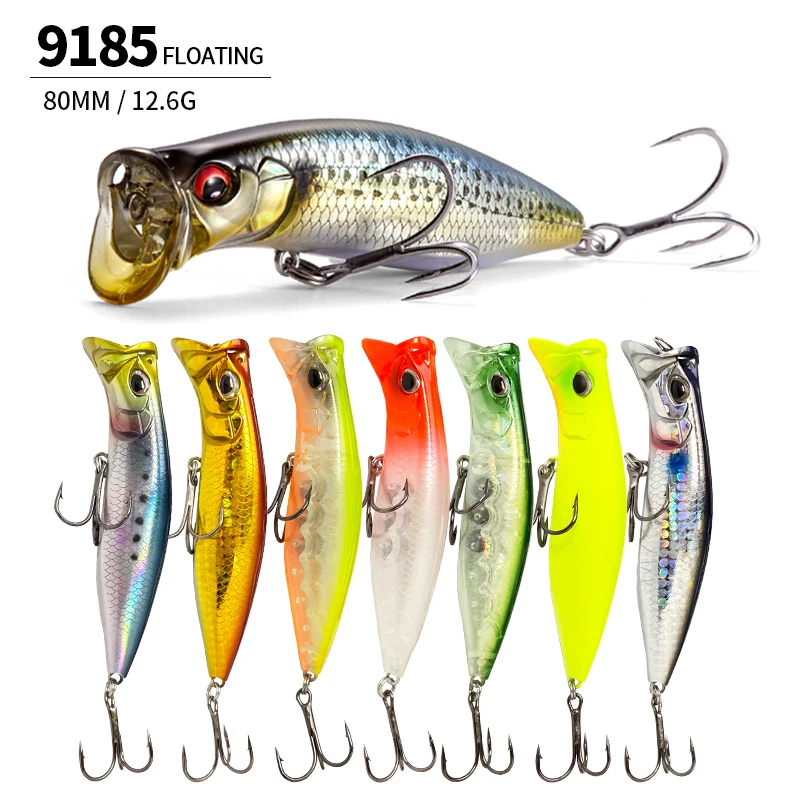

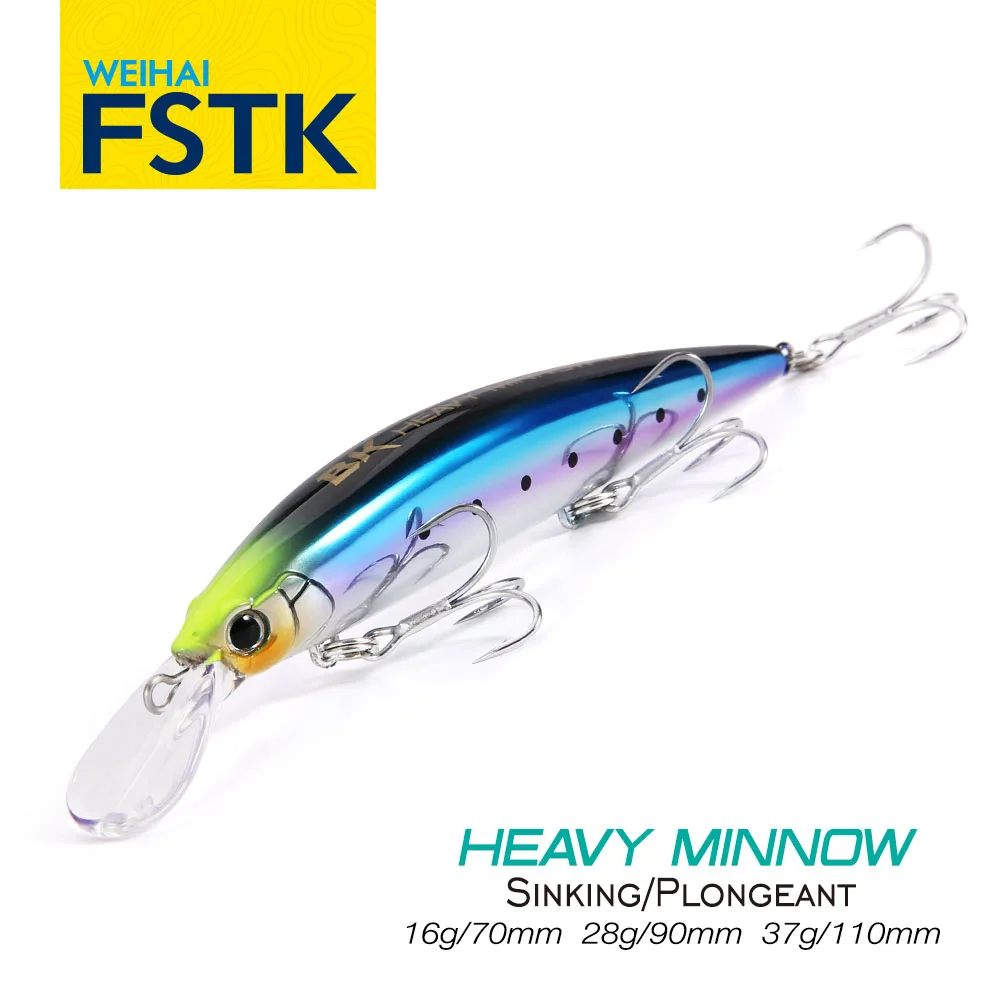

Real customer reviews